Have you ever wondered why McLaren decided to name only the most focused variants of each model ‘LT’, or ‘Longtail’?
If you’re a supercar enthusiast, you might already know where the Longtail badge comes from, which means you’d know we have high expectations of the 600LT.

Not willing or able to start from scratch with a new design, McLaren decided to improve the F1 to become something faster and more capable than anything else.
The first iteration of the ‘new’ F1 GTR was complete on November 18, 1996. They would call it the Longtail.
Gordon Murray, the man who designed the F1, reportedly wanted the Longtail to represent the ‘ultimate’ version of the F1’s capabilities.

He also remembers having to throw them at walls to make sure they passed safety standards.
“We had to embark on a major crash-testing programme to develop not only a new racing car, but first a new road-car model to legalise it!”
Three road cars were built as the McLaren F1 GT, while the prototype ‘F1 XP GT’ is still owned by McLaren. Murray wanted everything to be done by the book.

“We were determined to do it all precisely to the letter of the regulations, in the spirit that their original authors had plainly intended.”
The McLaren F1 GTR was already light at just 1050kg, but the Longtail went on a 135kg diet, while also drawing more power from its BMW-sourced V12.
The most noticeable difference is the body, especially at the rear where the ‘tail’ helps add 641mm to the length of the car. It also provided a lot more downforce.

In recalling his first contact with the Longtail, JJ Lehto. who helped drive the F1 GTR to victory at Le Mans in 1995, seems to think Murray and his team got it right.
“The first time I drove the Longtail F1 GTR was in a test session at Monza in early 1997,” Lehto said.
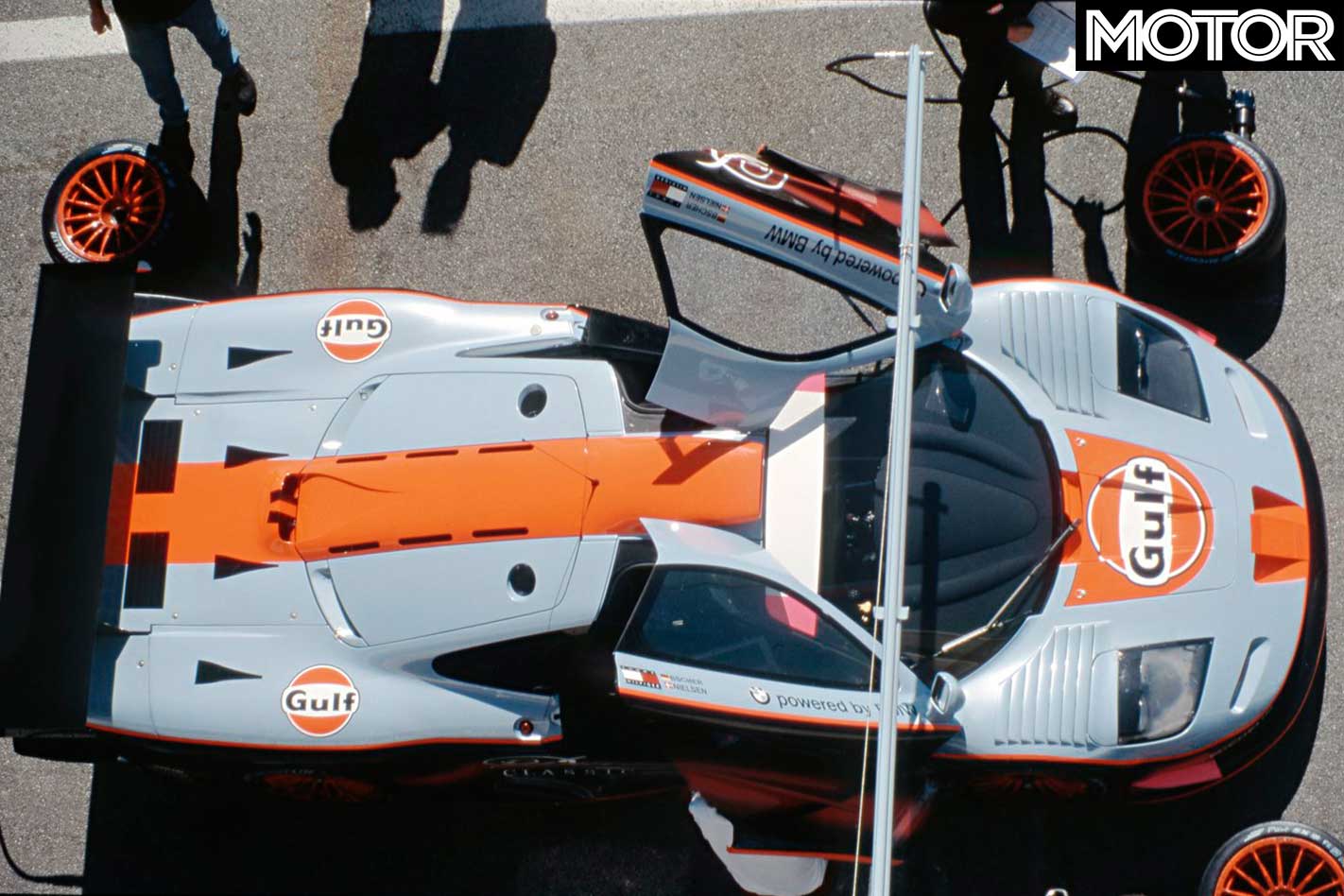
“Straight away, with no set-up tuning or adjustment, the car was around eight seconds per lap faster than the car I’d driven in ’96. It felt like jumping from Formula 3000 to Formula 1.
“The downforce was on another level, the braking was better, the car was lighter, and the engine produced more power. It was instantly clear that the car was a huge step forward in every area.”
Though Lehto would go on to a DNF at Le Mans in 1997, there were other McLaren F1 GTR Longtails in the race which managed to place first and second in the GT1 class, the better of those only one lap behind the overall LMP-winning Porsche WSC-95.
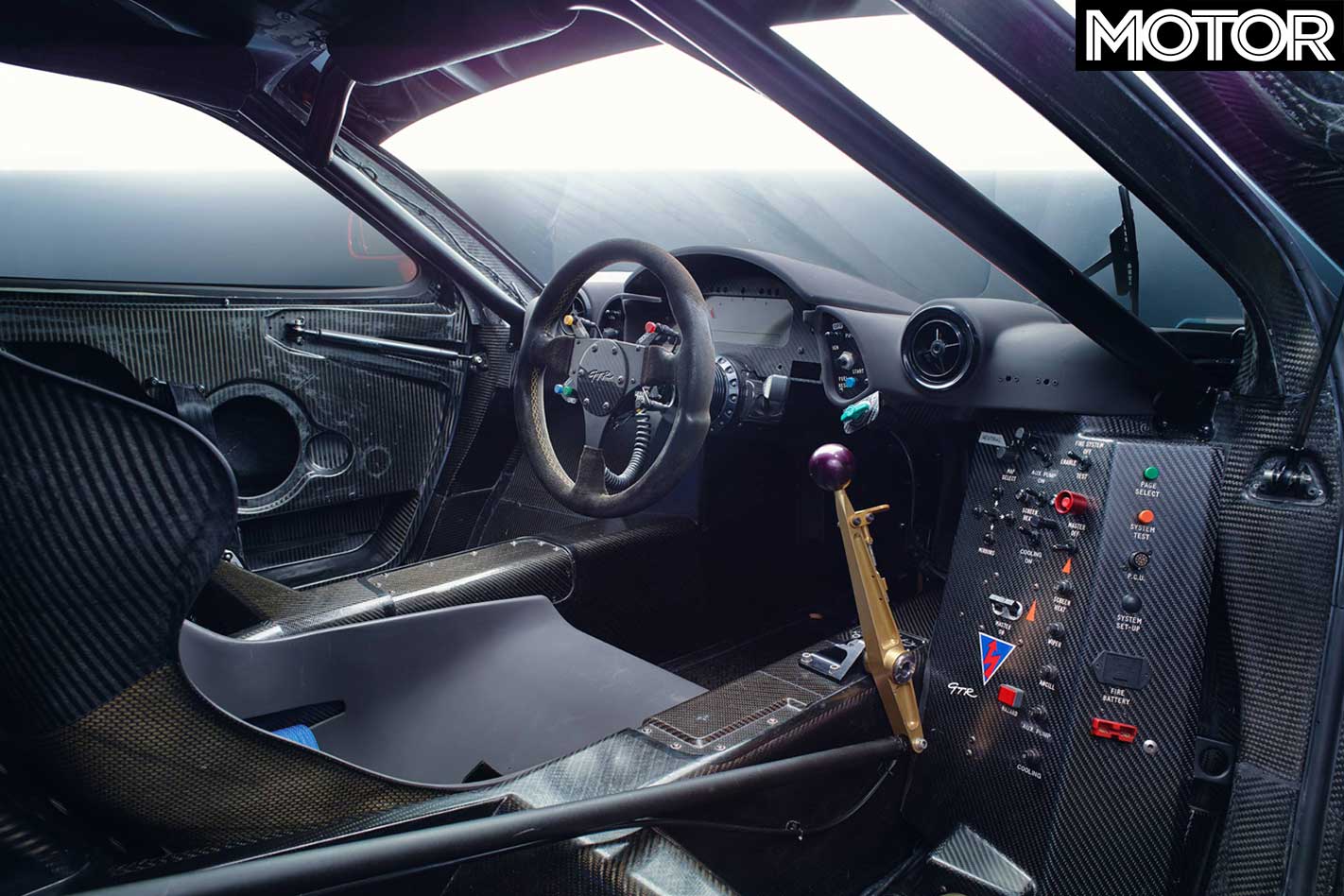
Since the Longtail, McLaren has turned two of its models into ‘LT’ variants.
The first is the 675LT, a 497kW/700Nm limited edition available as coupe and spider, which is able to hit 200km/h in just 7.9 seconds (coupe).
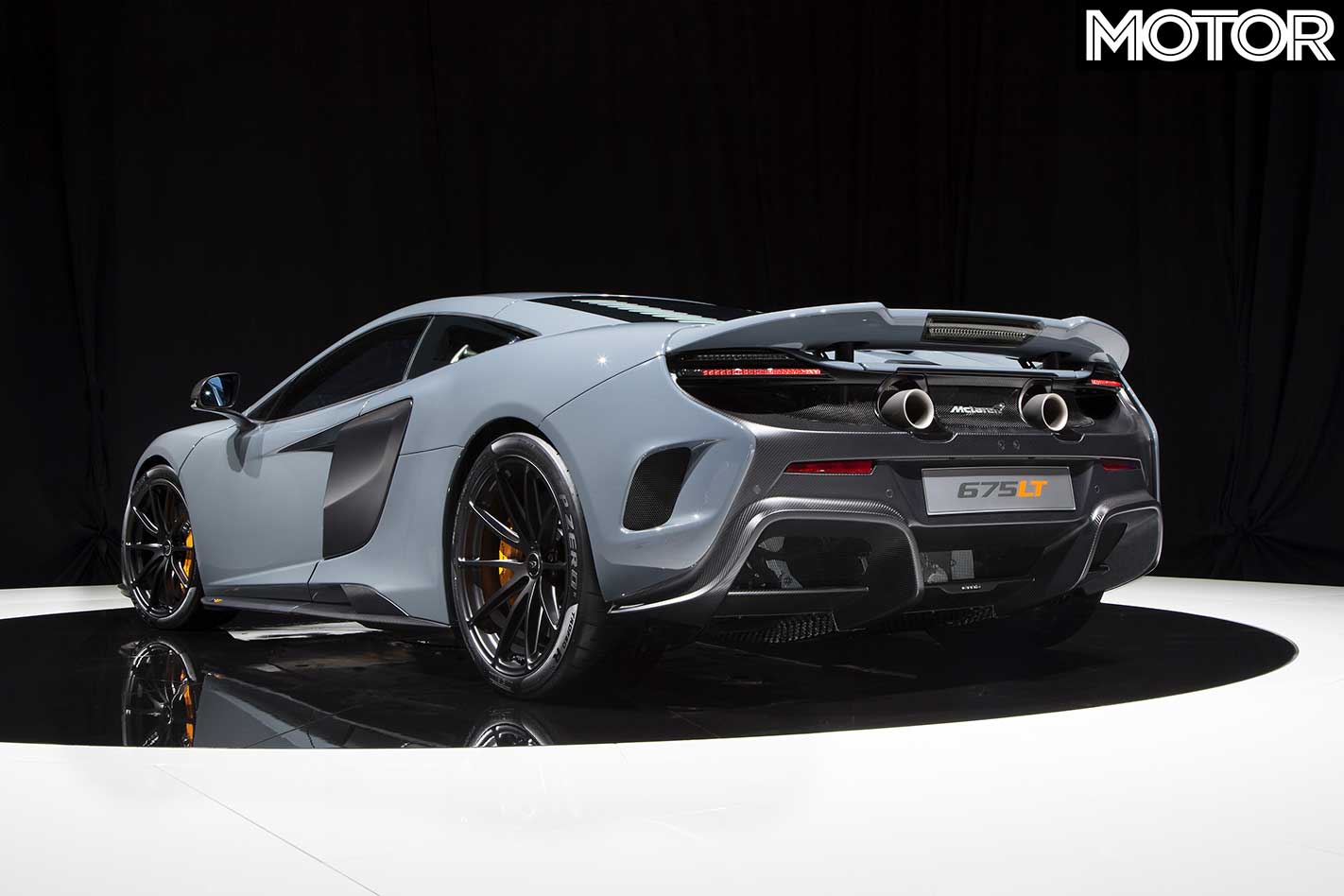
The second is the very-recently announced 600LT.
“The McLaren 600LT is only the fourth Longtail McLaren in more than two decades,” says CEO Mike Flewitt, though we’re not sure if he’s counting both versions of the 675LT as one, or not counting the road-going F1 GT as a Longtail.
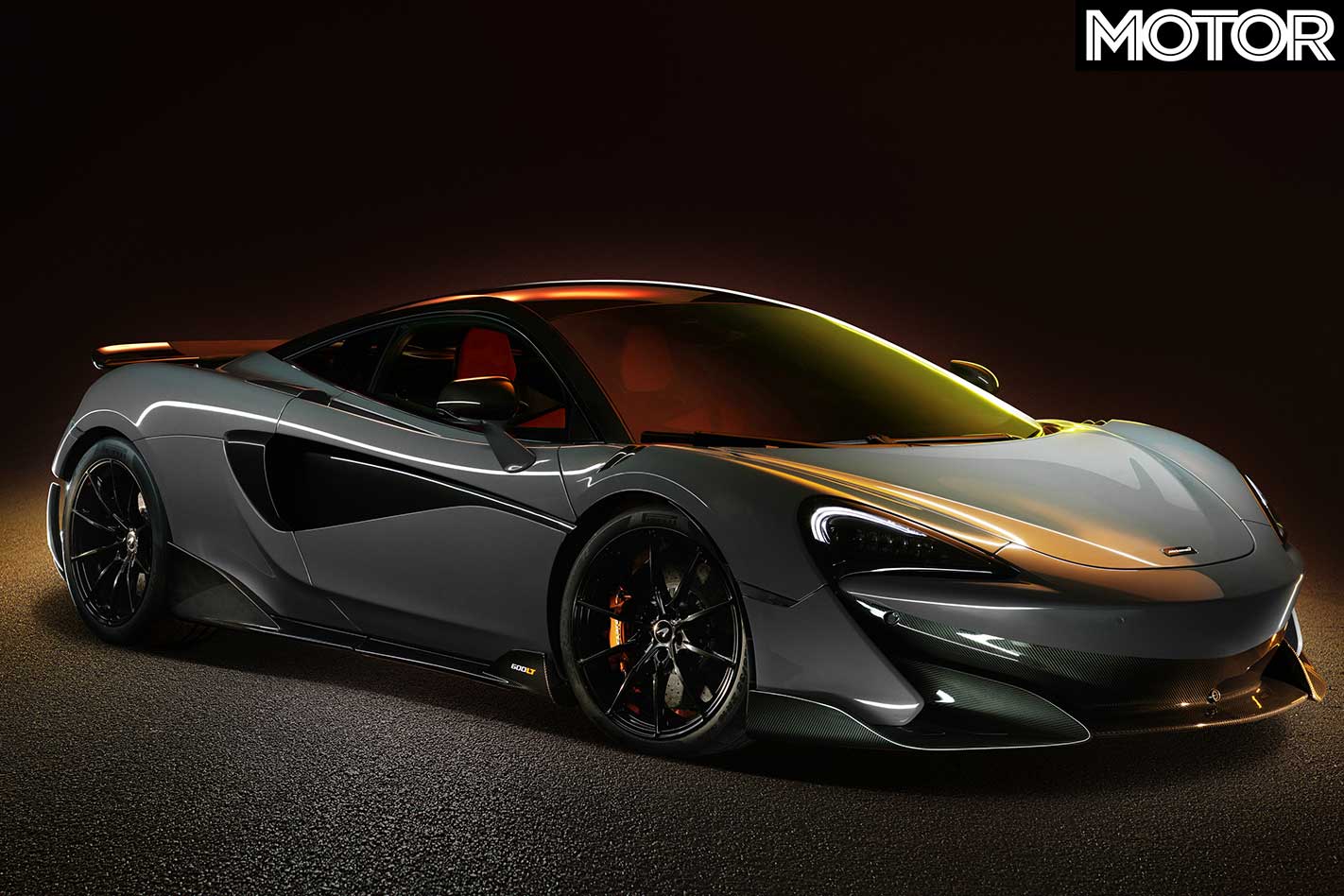
“The McLaren F1 GTR ‘Longtail’ that began the lineage was one of the purest race cars in modern motorsport history.
“The 675LT resurrected the revered name, creating the purest distillation of the sheer driving pleasure embodied by all McLaren cars.
“Now we are further extending our very special LT family and once again showcasing the ethos of optimised aerodynamics, increased power, reduced weight, track-focused dynamics and enhanced driver engagement that are the hallmarks of a McLaren Longtail.”
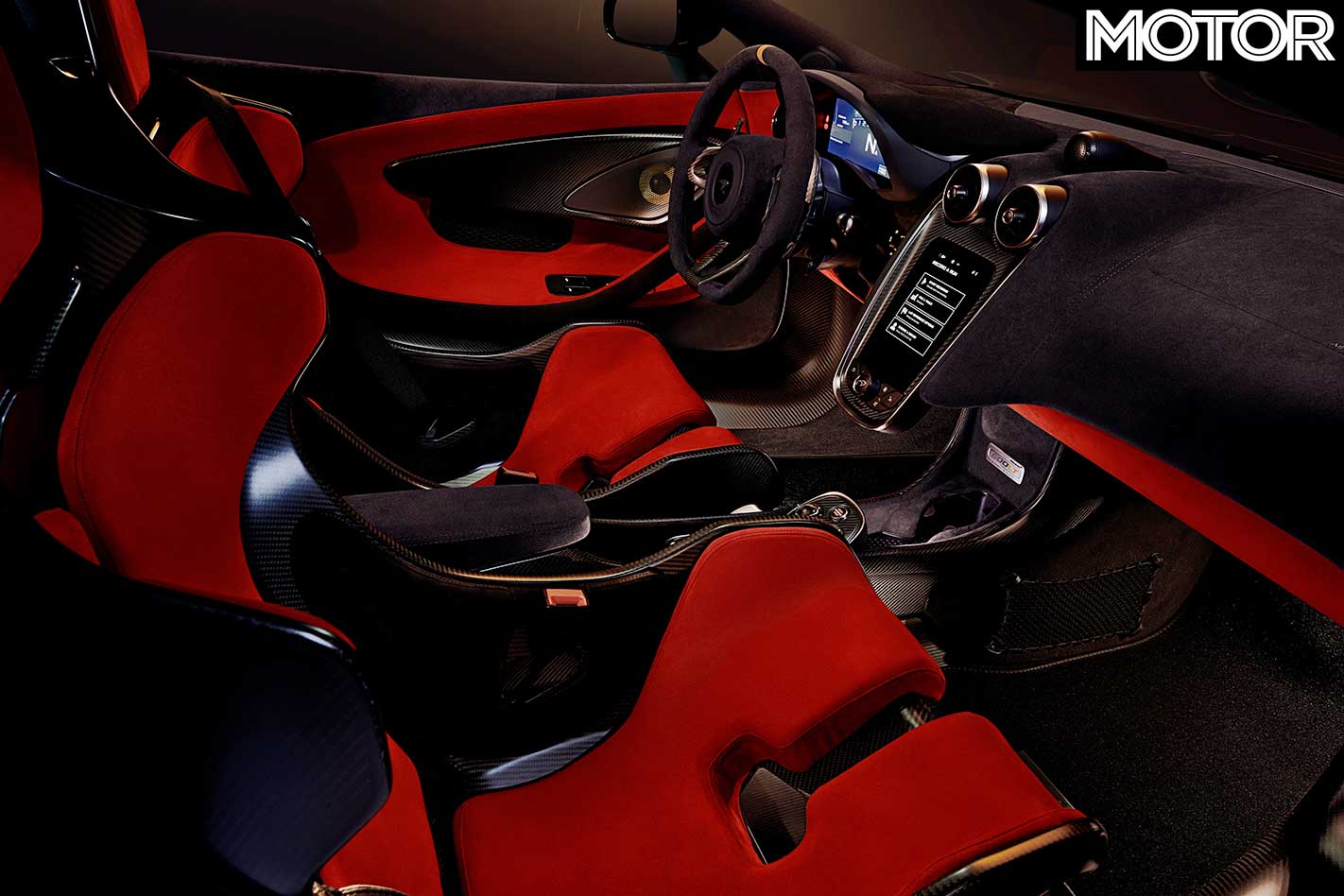
The 600LT’s twin-turbocharged 3.8-litre V8 is good for 441kW and 620Nm, putting it well at the peak of the McLaren ‘Sports Series’.
Just as a Longtail should be.






